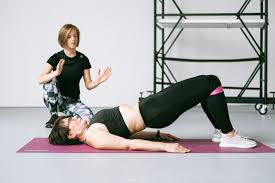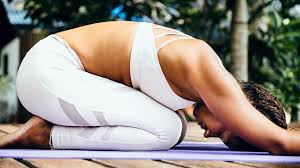The Relaxing Touch of Stretching on Health
The Relaxing Touch of Stretching on Health
Stretching, often associated with athletic warm-ups or yoga routines, is a simple yet profoundly beneficial practice that can positively impact both physical and mental health. While it may seem passive or secondary to more vigorous forms of exercise, stretching plays a vital role in enhancing overall well-being. Here’s a closer look at how stretching offers a “relaxing touch” to health:
1. Reduces Muscle Tension and Stress
Stretching helps release built-up tension in muscles caused by poor posture, overuse, or stress. This release triggers the parasympathetic nervous system — the body’s “rest and digest” mode — helping to calm the mind and body. As muscles lengthen and relax, mental stress often follows suit.
2. Improves Flexibility and Mobility
Consistent stretching increases the elasticity of muscles and tendons, enhancing overall flexibility and range of motion. This helps prevent injuries, reduces stiffness, and supports functional movement, especially as the body ages.
3. Enhances Circulation
Stretching improves blood flow to muscles and joints, which helps in the delivery of oxygen and nutrients while promoting the removal of waste products like lactic acid. This can aid muscle recovery and boost energy levels throughout the day.
4. Supports Better Posture
Tight muscles, especially in the hips, lower back, and shoulders, can contribute to poor posture. Stretching these areas helps balance the body and maintain proper alignment, reducing chronic discomfort and promoting a more upright, confident stance.
5. Encourages Mindfulness and Relaxation
When paired with deep breathing, stretching becomes a mindful activity — a moment to slow down, connect with your body, and reduce anxiety. This meditative quality enhances emotional well-being and can even help with sleep quality.
6. Aids in Pain Management
For those suffering from conditions like lower back pain, arthritis, or tension headaches, gentle stretching can alleviate symptoms by relaxing tight areas, increasing mobility, and reducing inflammation-related discomfort.
Simple Tips to Make Stretching Part of Your Routine
-
Start small: Begin with 5–10 minutes of gentle stretching in the morning or evening.
-
Be consistent: Like any habit, stretching yields the most benefit when done regularly.
-
Focus on breathing: Deep, slow breaths enhance the relaxation response.
-
Listen to your body: Stretch to the point of tension, not pain.
Conclusion
Stretching may not demand heavy sweat or intense effort, but its impact is powerful. It serves as a bridge between body and mind — promoting calm, improving function, and fostering resilience. By incorporating regular stretching into your routine, you offer yourself a gentle yet transformative tool for better health and greater relaxation.






